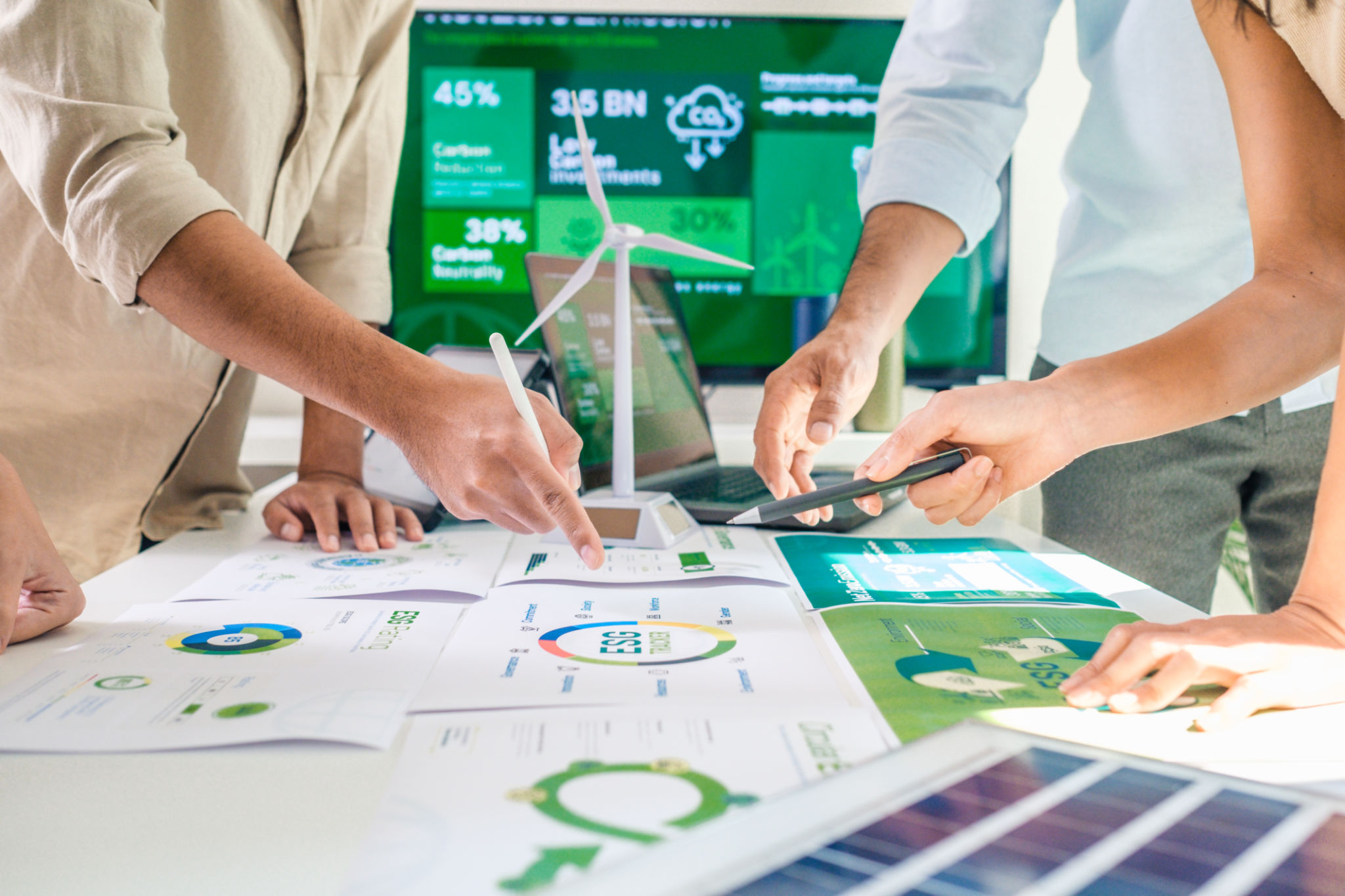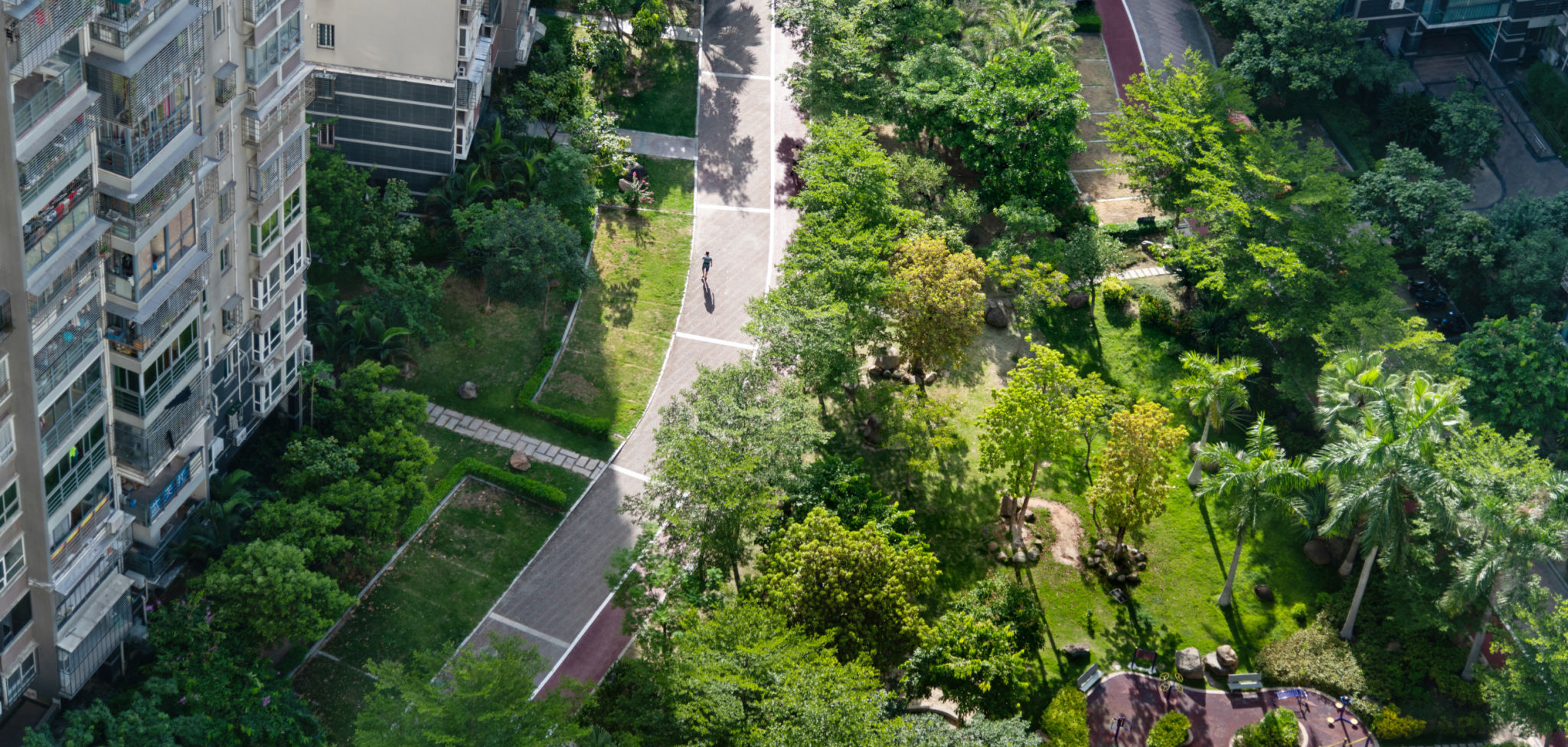Sustainability Consulting: Strategies for Greener Infrastructure Development
Understanding the Importance of Sustainability Consulting
As the world becomes increasingly aware of the environmental challenges we face, the necessity for sustainable infrastructure development has never been more critical. Sustainability consulting plays a pivotal role in guiding projects towards greener practices, ensuring that infrastructure development is not only efficient but also environmentally responsible.
Sustainability consultants work closely with developers, architects, and engineers to implement strategies that reduce environmental impact. These experts provide valuable insights into sustainable materials, energy-efficient systems, and innovative design practices that can significantly reduce a project's carbon footprint.

Key Strategies for Greener Infrastructure
Emphasizing Energy Efficiency
One of the primary strategies in sustainable infrastructure is improving energy efficiency. This can be achieved through the integration of renewable energy sources such as solar and wind power. By utilizing these resources, developers can drastically reduce reliance on fossil fuels and lower greenhouse gas emissions.
Additionally, incorporating energy-efficient appliances and smart building technologies can help monitor and optimize energy consumption, further enhancing the sustainability of the infrastructure.

Utilizing Sustainable Materials
The selection of building materials plays a crucial role in sustainable development. Opt for materials that are not only durable but also have a lower environmental impact. Recycled steel, bamboo, and reclaimed wood are excellent choices that minimize resource depletion and waste production.
Moreover, using locally sourced materials can reduce transportation emissions and support local economies, making it a win-win strategy for both the environment and the community.
Innovative Design Practices
Incorporating Green Spaces
Green spaces are an essential component of sustainable infrastructure. They provide numerous ecological benefits such as improving air quality, reducing heat island effects, and enhancing biodiversity. Incorporating parks, green roofs, and urban gardens into infrastructure projects can create healthier and more livable urban environments.

Water Management Techniques
Water conservation is a critical aspect of sustainable development. Implementing rainwater harvesting systems, permeable pavements, and efficient irrigation techniques can significantly reduce water usage. These strategies help manage stormwater effectively and reduce the risk of flooding while preserving vital water resources.
The Role of Policy and Regulation
Government policies and regulations play a crucial role in promoting sustainable infrastructure. By setting clear standards and incentives for green building practices, authorities can encourage developers to adopt more environmentally friendly approaches. This not only ensures compliance but also drives innovation in sustainable development.
Collaboration between public and private sectors is essential in creating an environment where sustainable infrastructure can thrive. This partnership can lead to shared knowledge, resources, and expertise that benefit the community as a whole.

Conclusion: The Future of Sustainable Infrastructure
The path towards greener infrastructure requires a concerted effort from all stakeholders involved in the development process. By employing sustainability consulting and adopting innovative strategies, we can create infrastructure that meets current needs without compromising future generations' ability to meet theirs.
The future of sustainable infrastructure is bright, with ongoing advancements in technology and an ever-growing commitment to environmental stewardship. By embracing these changes, we can pave the way for a more sustainable and resilient world.
